Branding Color Psychology 101.
When building your startup brand every choice counts. From your product to your team, each decision shapes how your brand is perceived. But amidst the noise, one silent powerhouse holds immense influence: color.
It's not just about aesthetics. Colors whisper emotional narratives, triggering subconscious associations that define your brand's personality and resonate with your target audience. Understanding the science and emotional impact of color palettes is like cracking the code to human perception, giving your startup a vital edge.
Unpacking the Color Spectrum:
Blue: The king of trust and reliability, blue evokes feelings of security, professionalism, and intelligence. Think IBM, Facebook, and Salesforce – brands that want to inspire confidence and stability.
Green: Harmony, growth, and sustainability are the pillars of green. Eco-conscious brands like Whole Foods and Patagonia leverage it to showcase their commitment to the environment.
Red: Excitement, energy, and passion – red grabs attention and ignites action. Coca-Cola, Netflix, and Spotify use it to inject vibrancy and a sense of urgency into their brand experience.
Yellow: Optimism, creativity, and warmth radiate from yellow. Ikea and McDonald's employ it to create a cheerful, approachable atmosphere.
Purple: Luxury, sophistication, and mystery – purple exudes elegance and exclusivity. Think Hallmark, Cadbury, and Mastercard, brands that want to convey a sense of premium value.
Beyond the Basics:
The magic lies not just in individual colors, but in their harmonious dance. Consider this:
Complementary Colors: Opposites attract, right? Colors across the color wheel create a dynamic contrast, ideal for brands seeking bold statements (think orange and blue).
Analogous Colors: Neighboring hues on the wheel offer a harmonious blend, perfect for conveying calmness and unity (think teal, turquoise, and aqua).
Monochromatic Palettes: Shades of a single color exude sophistication and elegance, often used by minimalist brands (think black, charcoal, and gray).
Case Studies in Color Alchemy:
Dropbox: Their signature blue gradient signifies trust, security, and seamless storage for your precious data.
Airbnb: Their warm orange and lavender combination evokes wanderlust, comfort, and a sense of belonging, reflecting their mission of creating a home away from home.
Slack: Their vibrant purple and yellow palette speaks to their playful approach to communication and collaboration, making work feel less like a chore and more like a fun team effort.
Remember:
Know Your Audience: Who are you trying to reach? Their cultural background and age will influence their color preferences.
Align with Your Brand Story: Colors should support your brand's core values and message.
Don't Be Afraid to Experiment: Test different palettes and see what resonates with your audience.
The psychology of color is a powerful tool, waiting to be wielded by your startup. By understanding how hues whisper to our brains, you can craft a brand identity that speaks volumes, attracting the right customers and propelling your business to the forefront.
Links for Further Exploration:
Color Psychology: The Power of Color in Marketing and Branding
99U-Adobe: A guide to color meaning
Want to see how we can help elevate your brands visual identity?


